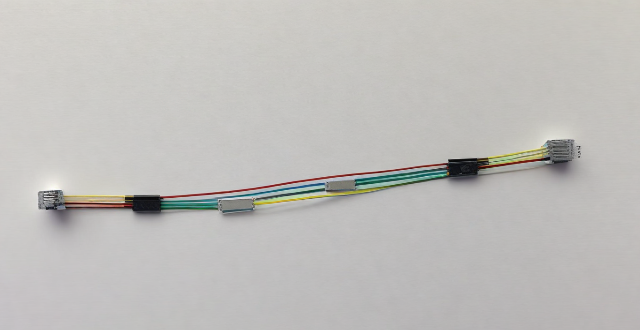Fiber optic broadband is a high-speed internet connection that uses fiber-optic cables to transmit data. It works by converting electrical signals into light signals, which are then sent through the fiber-optic cables. The process involves conversion of electrical signals to light signals using a modem, transmission through fiber-optic cables, amplification of light signals using optical amplifiers, and conversion back to electrical signals using another modem. Fiber optic broadband offers several advantages over other types of internet connections, including higher speeds, greater bandwidth, improved reliability, and longer transmission distances.

How Does Fiber Optic Broadband Work?
Fiber optic broadband is a high-speed internet connection that uses fiber-optic cables to transmit data. It works by converting electrical signals into light signals, which are then sent through the fiber-optic cables. Here's a detailed explanation of how it works:
Step 1: Conversion of Electrical Signals to Light Signals
The first step in the process is to convert the electrical signals from your devices into light signals. This is done using a device called a modem, which stands for "modulator-demodulator." The modem takes the electrical signals and modulates them into light signals that can be transmitted through the fiber-optic cables.
Step 2: Transmission Through Fiber-Optic Cables
Once the electrical signals have been converted into light signals, they are transmitted through the fiber-optic cables. These cables are made up of thin strands of glass or plastic, which are coated with a reflective material. As the light signals travel down the cable, they bounce off the reflective coating and continue along the length of the cable.
Step 3: Amplification of Light Signals
As the light signals travel through the fiber-optic cables, they can become weaker due to factors such as distance and interference. To ensure that the signals remain strong, they are amplified at regular intervals using devices called optical amplifiers. These amplifiers boost the strength of the light signals so that they can continue traveling through the cable without losing quality.
Step 4: Conversion Back to Electrical Signals
When the light signals reach their destination (e.g., your home or office), they need to be converted back into electrical signals so that your devices can use them. This is done using another modem, which demodulates the light signals back into electrical signals. Your devices can then use these electrical signals to access the internet.
Advantages of Fiber Optic Broadband
Fiber optic broadband has several advantages over other types of internet connections, including:
- Higher speeds: Fiber optic broadband can achieve much higher speeds than traditional copper wire connections, making it ideal for activities like streaming video, online gaming, and large file transfers.
- Greater bandwidth: With more bandwidth available, you can connect more devices to your network without experiencing slowdowns or interruptions.
- Improved reliability: Fiber optic cables are less susceptible to interference and signal degradation than copper wires, resulting in a more reliable connection.
- Longer transmission distances: Fiber optic cables can transmit data over longer distances without requiring amplification, making them well-suited for use in rural areas where copper wire connections may not be feasible.
In conclusion, fiber optic broadband works by converting electrical signals into light signals, transmitting them through fiber-optic cables, amplifying them if necessary, and then converting them back into electrical signals for use by your devices. Its advantages include higher speeds, greater bandwidth, improved reliability, and longer transmission distances compared to traditional copper wire connections.